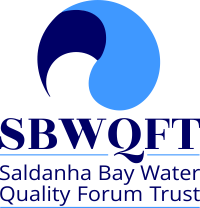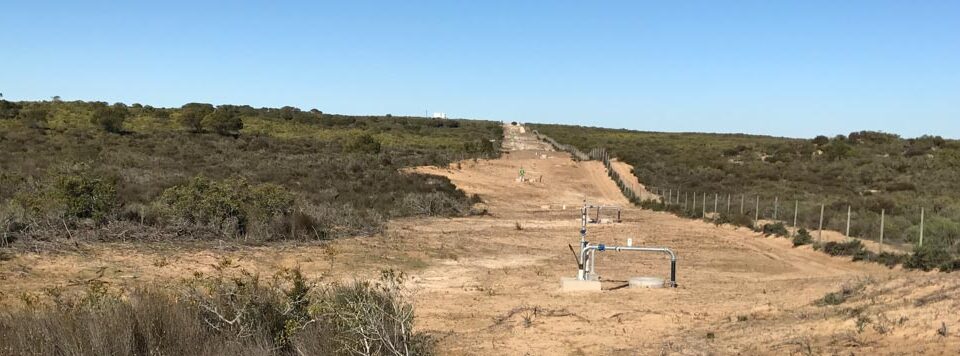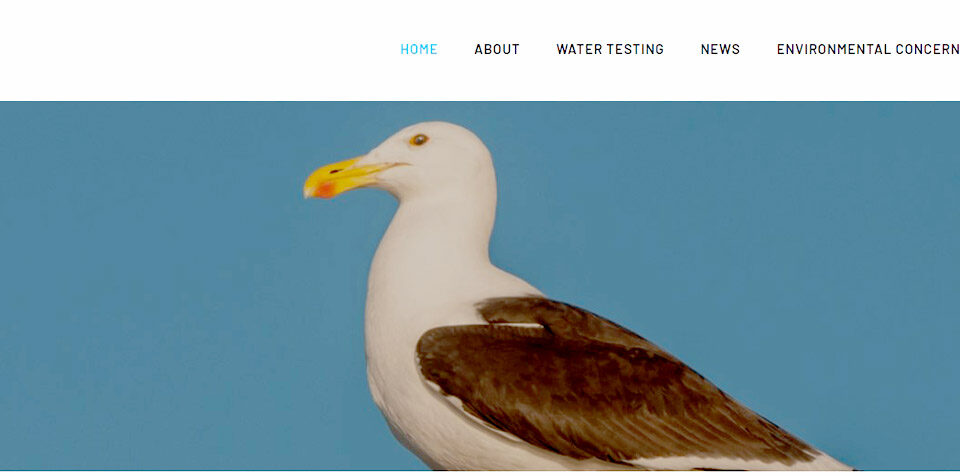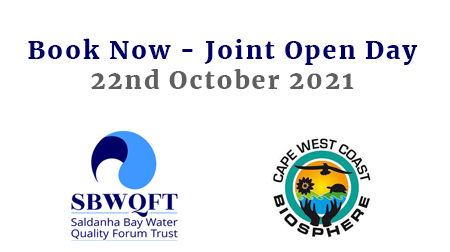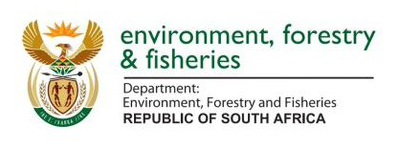
From: Christo van Wyk
Sent: Monday, 16 November 2020 10:20 AM
To: Andre Kruger, Elmien de Bruyn, Ethel Coetzee, Rejean Viljoen, Pierre Nel, Cliffton R.
Andre and trustees
Attached please find correspondence between DAFF and SBWQFT (Barry Clark) regarding our current bacteriological indicators for the bacterial monitoring plan. Barry’s explanation to why the SBWQFT is testing for entero streptococci.
We will post on our website for future reference.
Groete / Regards
Christo van Wyk
The Saldanha Bay Water Quality Forum Trust
From: Charles John Foord
Sent: Thursday, 05 November 2020 10:10 AM
To: Christo van Wyk
Subject: Microbiological monitoring in Saldanha Bay
Dear Christo,
I see that the microbiological tests that is done every two weeks along the Saldanha Bay Coast initially included both E. coli and faecal coliforms. However, recently the tests include E. coli and faecal streptococcus. Could you please tell me why the change from coliforms to streptococcus. The international standards normally refer to faecal coliforms and I seem to remember the regulatory limit in terms of food safety is 14 CFU/100 ml. If we are going use streptococcus do you know if there is a ratio in human faeces of streptococcus to coliforms so that we can get an estimate of the levels of coliforms.
Your assistance would be appreciated.
Kind regards,
John Foord
Environmental Officer Specialised Production
Sustainable Aquaculture Management
Department of Environment, Forestry and Fisheries
From: Christo van Wyk
Sent: Thursday, 05 November 2020 10:22
To: Barry Clark
Subject: RE: Microbiological monitoring in Saldanha Bay
Hi Barry
Could you please explain to John the methodology of changing from F.coli to Enterococci (faecal streptococcus). We still do E.coli.
This change was based on advise received from you and Nitasha if remembered correctly.
Groete / Regards
Christo van Wyk
The Saldanha Bay Water Quality Forum Trust
From: Barry Clark
Sent: Friday, 06 November 2020 14:36
To: Christo van Wyk, John Foord
Subject: RE: Microbiological monitoring in Saldanha Bay
Hi Christo, John
The main reason for switching from Faecal coliforms to Enterococci is that faecal coliforms as a group on not particularly good indicators of risks to human health. Escherichia coli (a sub-group of faecal coliform bacteria) are better but Enterococci are generally considered the best as their survival in the marine environment more closely matches that of other disease causing bacteria and virus like Cholera. First prize is to monitoring both E. coli and Enterococci, which is what we have elected to do for the SOB monitoring programme. I refer you to text extracted from the South African Water Quality Guidelines for Coastal Marine Waters for further details on the merits of monitoring E. coli, Enterococci and Faecal coliforms (see below). I can send you a full copy of the guidelines as well if this will help (a bit big to email though).
Let me know if you would like to discuss this further.
Regards
Barry Clark

From: Charles John Foord
Sent: Friday, 06 November 2020 16:32
To: Barry Clark, Christo van Wyk
Subject: RE: Microbiological monitoring in Saldanha Bay
Good day Barry,
Thank you for the feedback. Is there any way that we can compare the enterococci results with the international faecal coliform regulatory limits in water?
Kind regards,
John Foord
From: Barry Clark
Sent: Monday, 09 November 2020 09:47
To: Charles John Foord, Christo van Wyk
Subject: RE: Microbiological monitoring in Saldanha Bay
Hi John
I am not sure which guidelines you are referring to specifically? Almost all of the international recreational guidelines have looked at include recommended limits for E. coli and Enterococci and most of the mariculture guidelines have limits for E. coli at least.
I will give you a call to discuss this later.
Regards
Barry Clark
From: Charles John Foord
Sent: Thursday, 12 November 2020 11:03
To: Barry Clark
Subject: RE: Microbiological monitoring in Saldanha Bay
Hi Barry,
Please see the extract below from the attached New Zealand monitoring programme P54.
(6) If any of the following results are obtained, they must be reported verbally (or by a method acceptable to a shellfish specialist) by the laboratory to an APO responsible for the relevant growing area (or a nominated representative) within 1 hour after confirmation of the result, and be confirmed in writing within 24 hours:
a)Escherichia colilevels in BMS greater than 230 MPN per 100 grams; or
b)faecal coliform levels in seawater greater than 14 MPN per 100 ml; or
c) levels of toxigenic phytoplankton greater than the trigger levels stated in Table 2; or
d) levels of marine biotoxins in BMS greater than the maximum permissible levels shown in Table 3.
If faecal streptococcus is the new indicator organism for water. Could you please provide me with a reference and an internationally acceptable regulatory limit for streptococcus in shellfish production areas that we can use as a benchmark?
Kind regards,
John Foord
From: Barry Clark
Sent: Monday, 16 November 2020 9:02 AM
To: Charles John Foord, Christo van Wyk
Subject: RE: Microbiological monitoring in Saldanha Bay
Hi John
Hopefully some of these attached references will help. There are some more that I couldn’t download but you may have access via your library.
The main take-home message I get from these is that faecal streptococci are more practical and reliable indicators of faecal contamination of water than the coliforms but regulatory authorities are slow to take up this advice. It would seem that we have the best of both worlds by monitoring both E. coli and faecal streptococci in Saldanha. This is supported to some extent by the NZ guidelines which require that you monitor E.coli or faecal coliforms.
I this is going to prove to be a real problem you the mariculture industry then we might need to consider adding faecal coliforms as an additional parameters to monitor (i.e. include all three – E. coli, faecal coliforms and Enterococci). I don’t think it would be sensible to drop Enterococci at this stage….
Regards
Barry Clark
Download “Microbial Contamination Reference Bundle” Microbial-Contamination-Bundle.zip – 8.60 MB
Links to additional information
https://link.springer.com/article/10.1007/s12237-013-9599-y
https://www.sciencedirect.com/science/article/pii/B9780080260587500455
https://www.sciencedirect.com/science/article/abs/pii/S0025326X12005681
